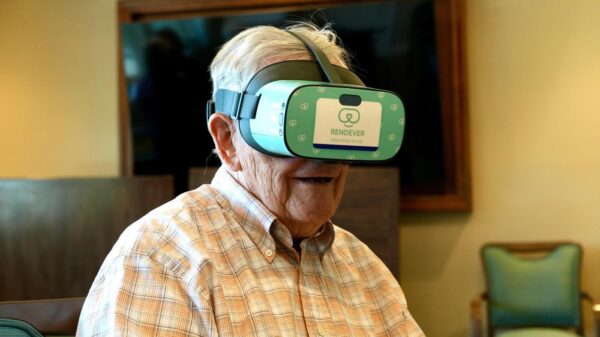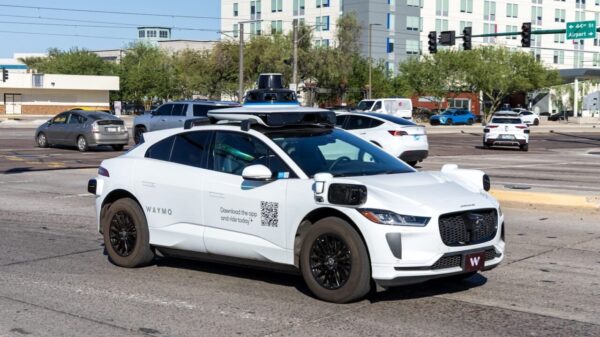UPDATE: NASA is set to launch a groundbreaking year-long simulation of a Mars mission on October 19, 2023, as four volunteers prepare to live in a simulated Martian habitat. This vital experiment will take place at the Johnson Space Center in Houston, Texas, and is a critical step toward sending humans to the red planet.
The team consists of highly skilled individuals: Ross Elder, an experimental test pilot in the U.S. Air Force; Ellen Ellis, a colonel and acquisitions officer in the U.S. Space Force; Matthew Montgomery, a hardware engineering design consultant; and James Spicer, a technical director in the aerospace and defense industry. These volunteers will inhabit the 1,700-square-foot Mars Dune Alpha habitat for 378 days, simulating the conditions astronauts will face during future missions.
During their time in this meticulously designed environment, NASA aims to evaluate various health and performance factors, essential for planning future crewed missions to Mars. The participants will undertake scientific research and operational tasks, including simulated Mars walks, growing a vegetable garden, and conducting robotic operations. They will test cutting-edge technologies, such as a potable water dispenser and diagnostic medical equipment, crucial for deep space exploration.
To enhance realism, the volunteers will face significant challenges, including resource limitations, equipment failures, communication delays, and the psychological stresses of isolation. Their responses will be closely monitored by NASA, providing valuable data to inform preparations for the first human mission to Mars.
The habitat features nine rooms, including private bedrooms, a shared bathroom, and communal areas for meals and social activities. There’s also a specially designed area adjacent to the habitat that simulates the Martian landscape for the volunteers’ simulated walks.
This mission marks the second one-year Mars simulation conducted through the CHAPEA (Crew Health and Performance Exploration Analog) program. The first simulation, involving different volunteers, concluded in July 2022.
“We’re gathering crucial insights as we prepare for crewed Artemis missions,” said Sara Whiting, a project scientist with NASA’s Human Research Program. “CHAPEA and other ground analogs help us identify capabilities that will support future crews in overcoming the human health and performance challenges of living beyond Earth.”
Grace Douglas, CHAPEA’s principal investigator, emphasized the importance of this simulation, stating, “This will allow us to collect cognitive and physical performance data, providing insights into the impacts of resource restrictions and long-duration missions on crew health.”
While no definitive timeline exists for NASA’s first crewed mission to Mars, experts speculate it could occur as early as the 2030s, leveraging SpaceX’s Starship rocket.
As this simulation kicks off, the world will be watching closely to see how these volunteers adapt to life in a habitat designed to mimic the conditions on Mars. Stay tuned for updates as NASA continues its journey toward human exploration of the red planet.







































































